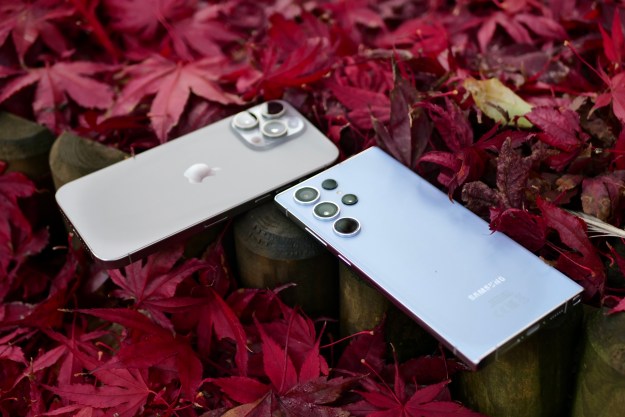
The feature goes beyond simply being able to call companies by name. As Google notes in its press release, you could instead ask Assistant to “call the nearest florist,” making the feature much more convenient for those who might not know the names of all the nearest businesses.
Another cool thing about the feature is the fact that Home can distinguish different voices — so if one person in the house asks Assistant to “call mom,” the device will call their mom and not their roommate’s. For now, when you make a call, the person on the other end will see “unknown or “no caller,” though Google intends to change that by the end of the year. That also does not apply to Google Voice or Project Fi users, who can head into the Google Home settings. It also seems as though you can only make outgoing calls through Home — not take incoming calls. The feature is now rolling out to customers in the U.S. and Canada, though it will likely roll out in phases, so if you do not have it yet you may just have to sit tight.
Previous looks at code that came before the rollout gave a little insight into how it works — while some theorized that the feature will still occur through the user’s phone but would use Wi-Fi and Bluetooth to handle the audio. In reality, it looks like the phone number is linked directly to Google Home and calls are handled through Google Voice. The code, spotted by Android Police, also shows that, at least for now, only outgoing calls can be handled through
As mentioned, the app also offers manual control over which Google Assistant answers any given question. You might have multiple versions of Assistant at your disposal — one on your phone, another on your Google Home speaker, and another on your Android TV. According to Android Police, it is not yet known exactly how you will be able to manually select an Assistant, but a string of code in the update does refer to it being possible — so presumably we were waiting for Google to enable the feature.
Update: Calling feature is now live.
Editors' Recommendations
- A new Google Pixel Tablet is coming, but it’s not what you think
- The most common Google Home problems and how to fix them
- Whatever you do, don’t buy the Google Pixel 7a right now
- Can you take a picture of the solar eclipse with your phone? Here’s how to do it
- Check your Google Pixel Watch right now for two new features
